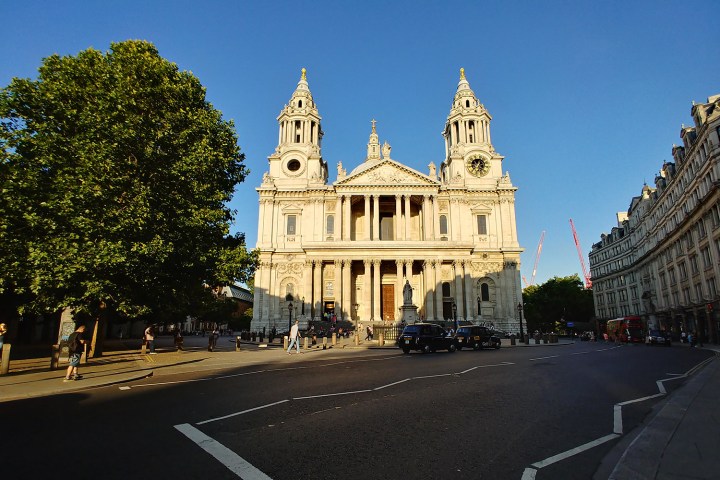For centuries, humans have flocked to churches, trusting these venerable landmarks to be the homes of great knowledge and the purveyors of crucial information. And now, in the 21st century, churches are fulfilling that purpose still, though perhaps in a rather unexpected way. Thanks to a new agreement between the Church of England and the English government, churches in internet “dead zones” are now going to help facilitate the spread of information by facilitating broadband, mobile, and Wi-Fi connectivity for their surrounding areas.
As part of the deal, churches in rural areas will introduce wireless transmitters into their recognizable spires and towers, and will also house aerials, satellite dishes, and fiber cables. This ought to help folks who otherwise would not have access to fast broadband (which is to say, many small communities in rural England) more easily connect to the digital world. As the Guardian notes, there are more than 10,000 rural Anglican churches in England, which means there could soon be 10,000 new hotspots throughout the nation. Of course, in order to maintain the historical integrity of churches, careful guidelines will be followed in installing the new technology.
This will be a mutually beneficial arrangement for the churches, which will be able to generate income from deals struck with telecommunication providers. As per the agreement, there is also “the potential for other mutually beneficial terms, to be agreed, such as sharing the cost of maintaining a church tower or spire on which equipment may be mounted.”
“Churches are central features and valued assets for local communities up and down the country,” said secretary of state Matt Hancock. “This agreement with the Church of England will mean that even a 15th century building can help make Britain fit for the future, improving people’s lives by boosting connectivity in some of our hardest-to-reach areas.”
This rather creative solution makes good upon a pledge that the former prime minister David Cameron made more than two years ago, in which he promised that all homes and businesses in the U.K. would have access to fast broadband by the turn of the decade. “Access to the internet shouldn’t be a luxury, it should be a right – absolutely fundamental to life in 21st century Britain,” he said at the time. And now, it looks like the country is coming closer to making that right a reality.
Thus far, religious leaders seem to be on board with the idea. Graham James, the bishop of Norfolk, said, “Our parish churches are a truly national network, and to use them creatively to create new forms of connectivity enhances their value for the communities.”


